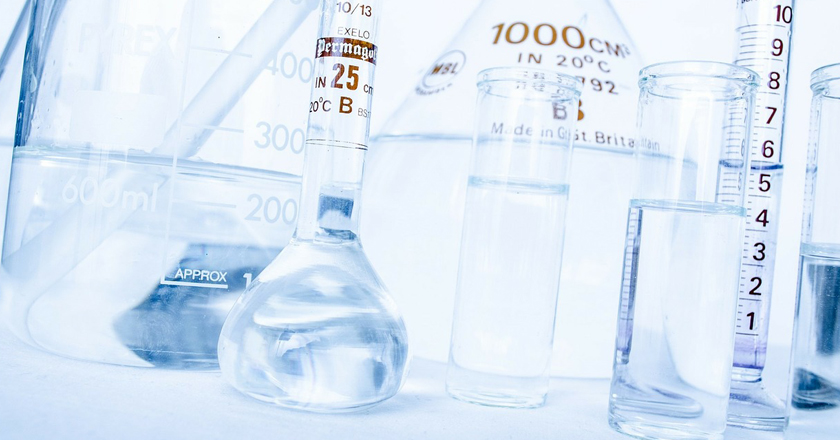
Organic and inorganic chemistry: basic concepts
The basic chemistry transforms a set of raw materials that, according to their typology, can classify it into two categories: inorganic or mineral chemistry and organic or oil derived chemistry.
Inorganic chemistry or mineral
It refers to the set of elements and compounds that do not have carbon-hydrogen bonds.
Inorganic compounds are usually classified according to their function. Coming up next you can find the classification and one or more examples of chemical products for each type:
• Acids: boric acid, hydrochloric acid, nitric acid or sulfuric acid, among others.
• Bases: ammonia, caustic potash or caustic soda, among others.
• Oxides and peroxides: hydrogen peroxide or magnesium oxide, among others.
• Salts: calcium carbonate, calcium hypochlorite or basic magnesium chloride, among others.
Organic chemistry or oil-derived
It refers to carbon compounds and their reactions.
Given that the carbon atom can form up to four bonds, the number of products derived thereof can be almost unlimited. This fact makes this branch of chemistry grow faster than others and constitute a potential source of new materials.
Among all organic compounds, we found that the hydrocarbons are the simplest in composition (only consist of carbon and hydrogen) and serve as a basis for classifying the remaining compounds. So, we can classify organic compounds as follows:
Some hydrocarbons are, for example, toluene and xylene.
